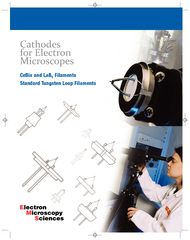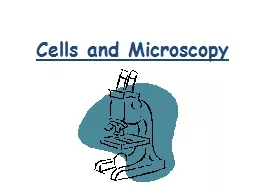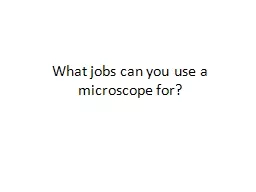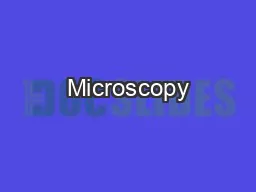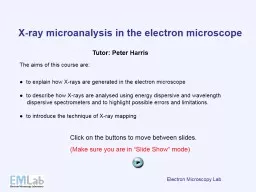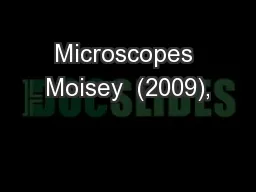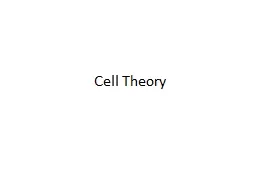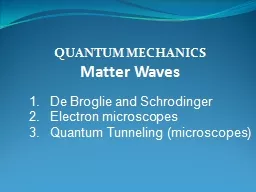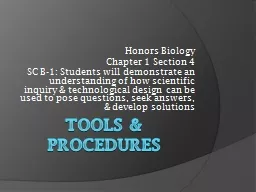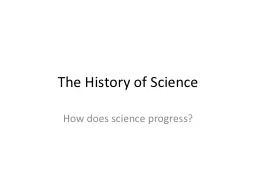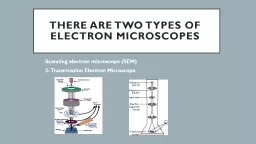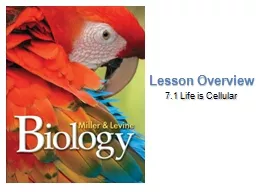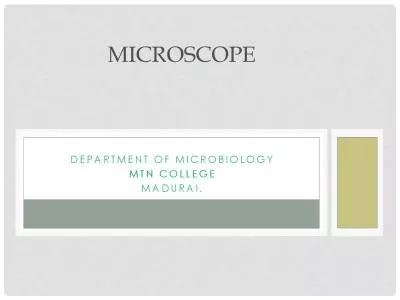PDF-Cathodes for Electron Microscopes CeBix and LaB Filame
Author : alexa-scheidler | Published Date : 2015-05-12
Applied Physics Technologies has decades of experience in research development and manufacturing of LaB and CeB cathodes We can provide the cathodes you need for
Presentation Embed Code
Download Presentation
Download Presentation The PPT/PDF document "Cathodes for Electron Microscopes CeBix ..." is the property of its rightful owner. Permission is granted to download and print the materials on this website for personal, non-commercial use only, and to display it on your personal computer provided you do not modify the materials and that you retain all copyright notices contained in the materials. By downloading content from our website, you accept the terms of this agreement.
Cathodes for Electron Microscopes CeBix and LaB Filame: Transcript
Download Rules Of Document
"Cathodes for Electron Microscopes CeBix and LaB Filame"The content belongs to its owner. You may download and print it for personal use, without modification, and keep all copyright notices. By downloading, you agree to these terms.
Related Documents

